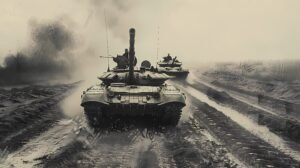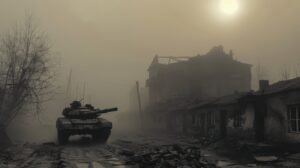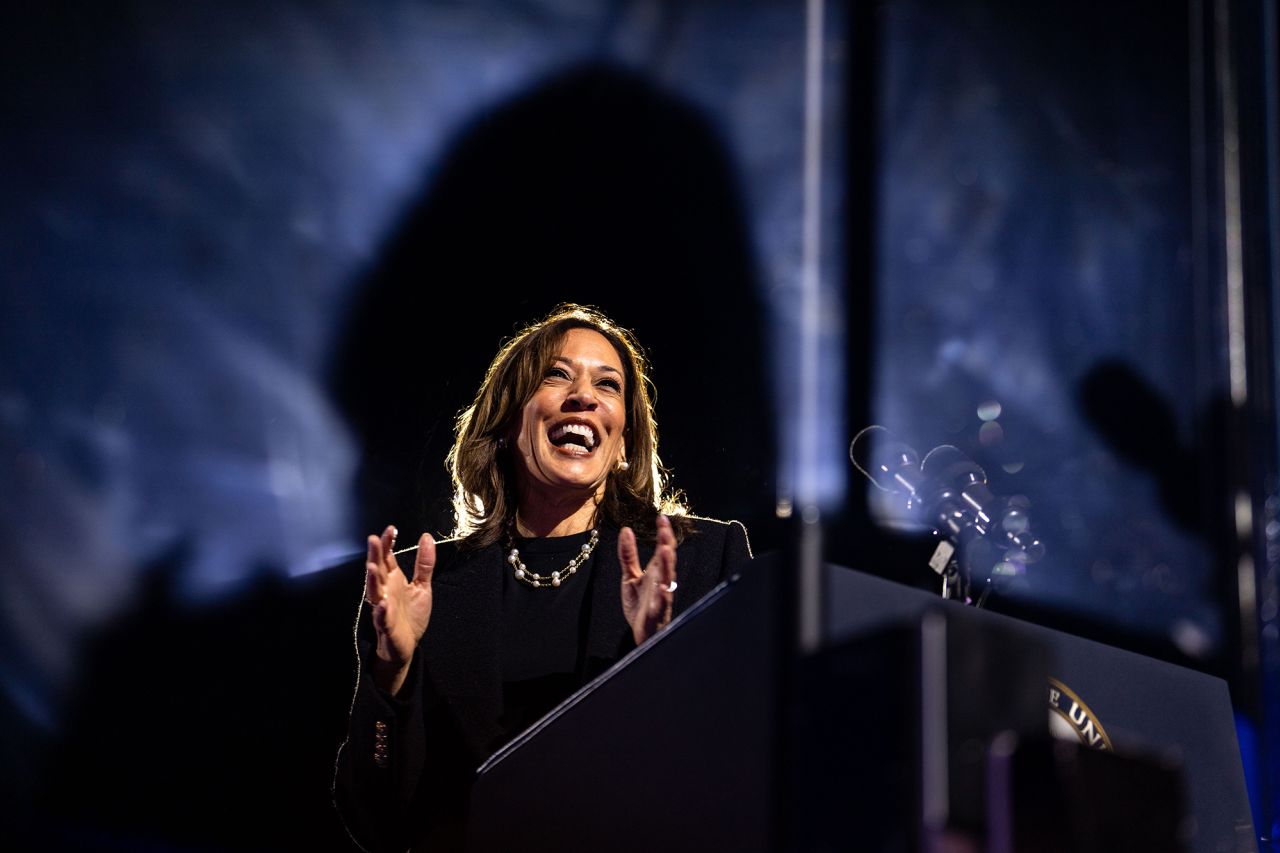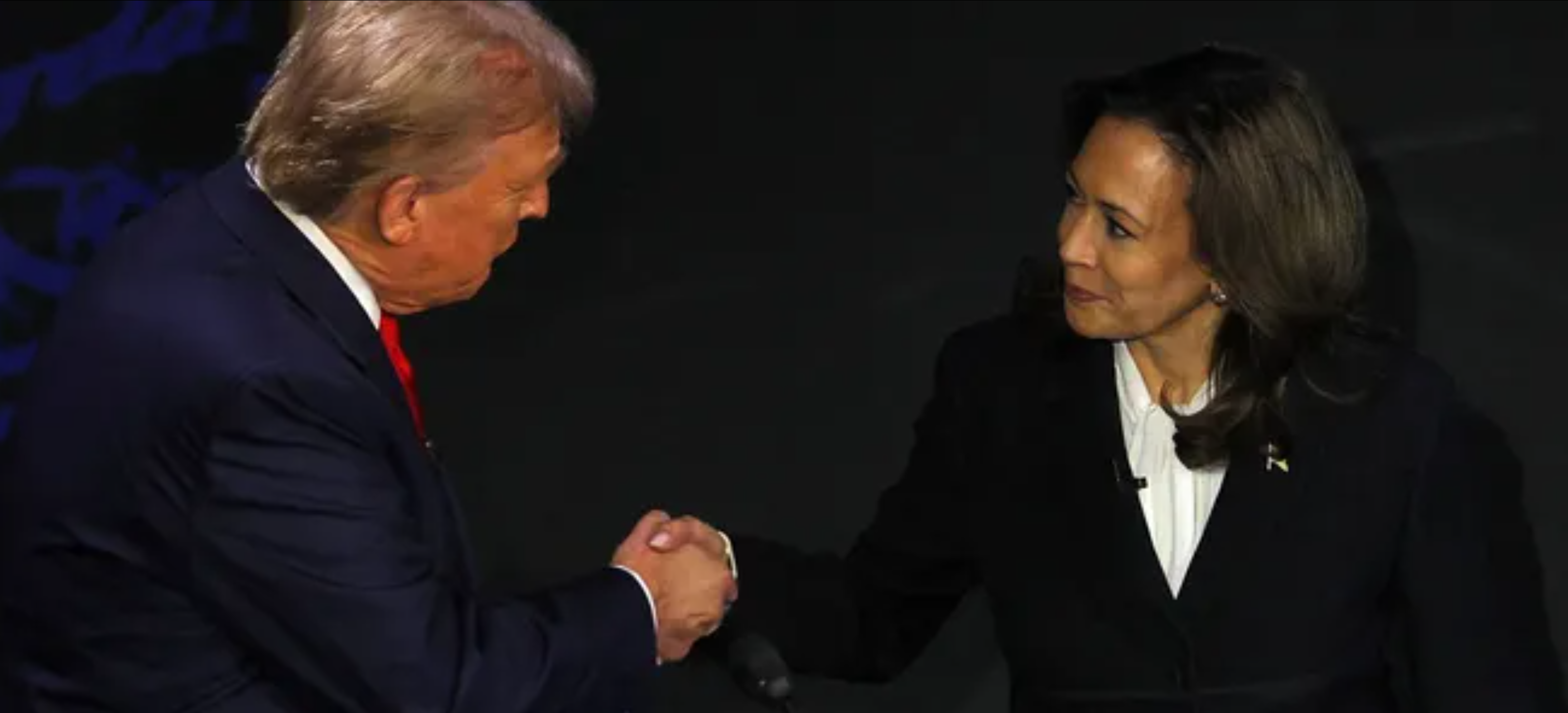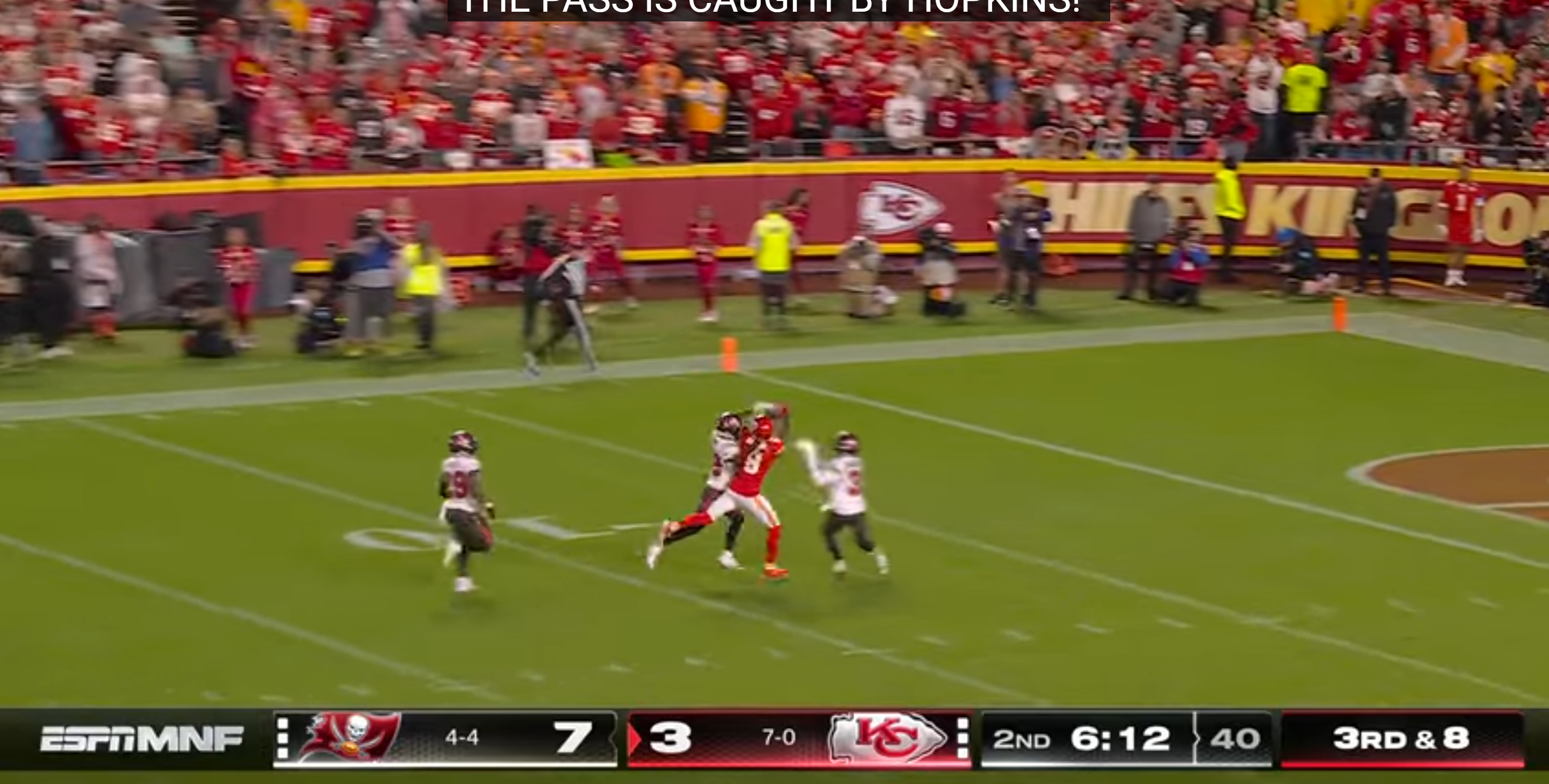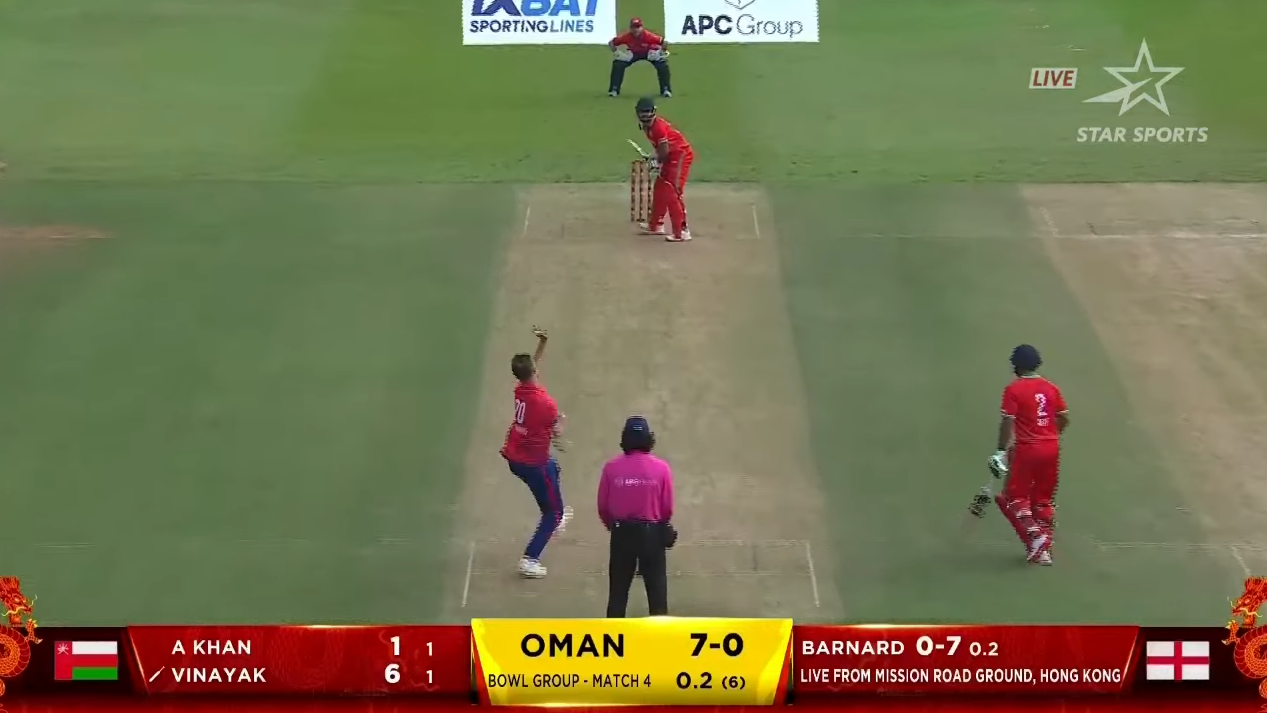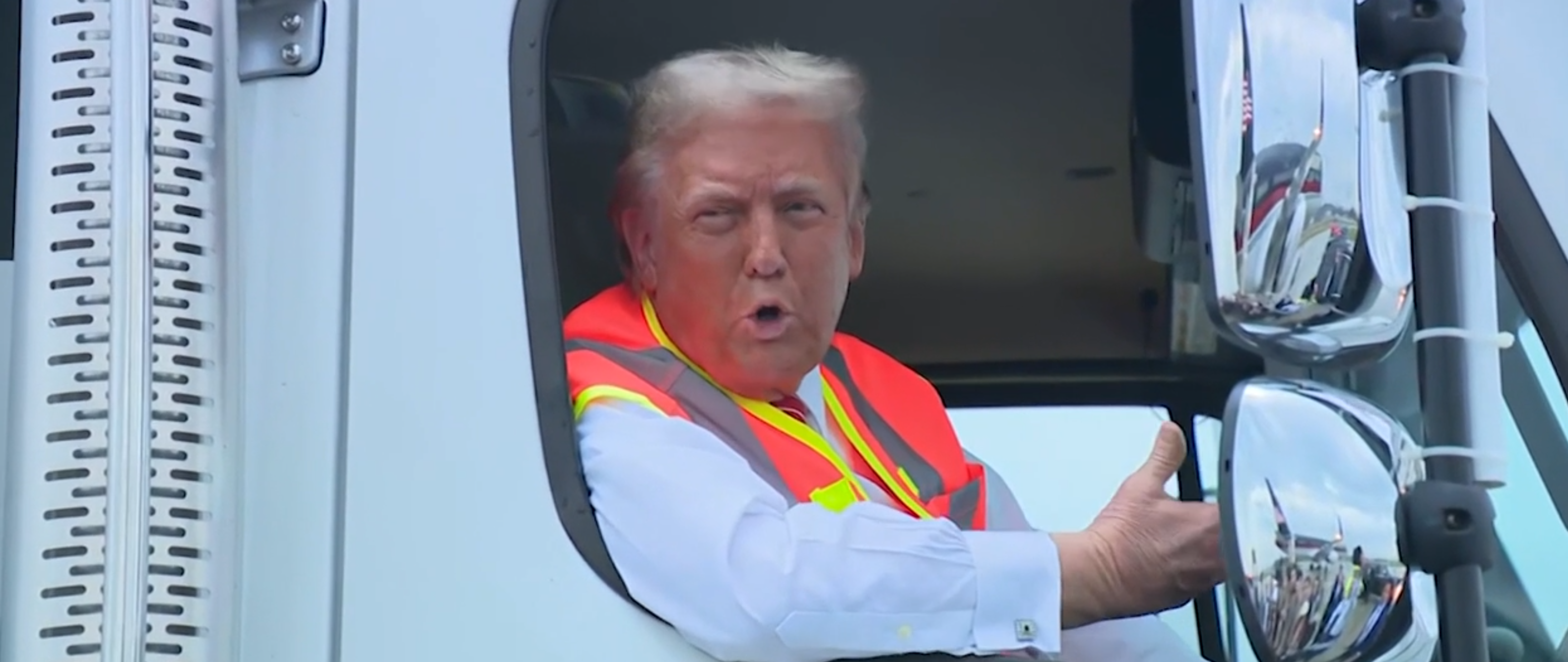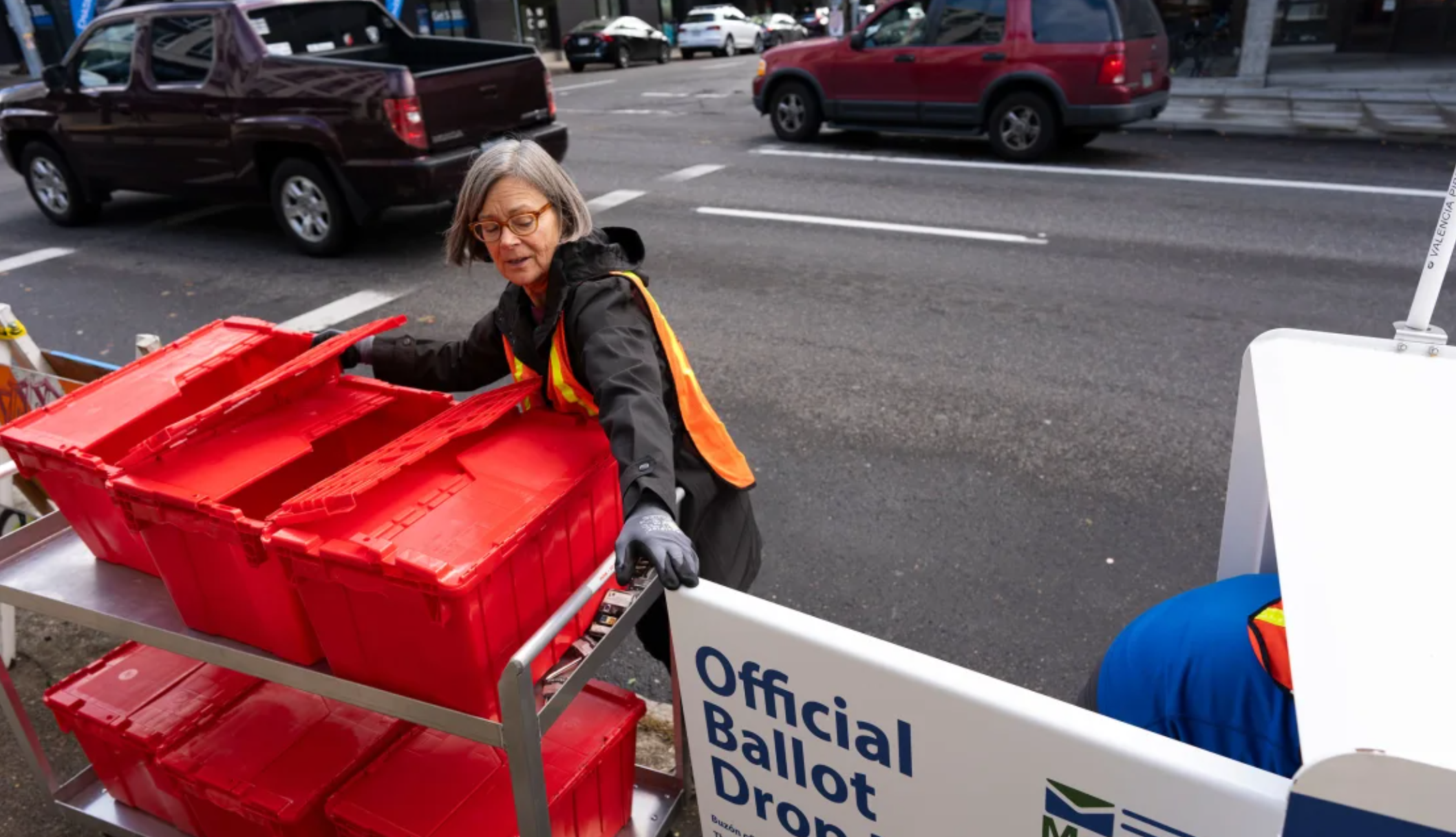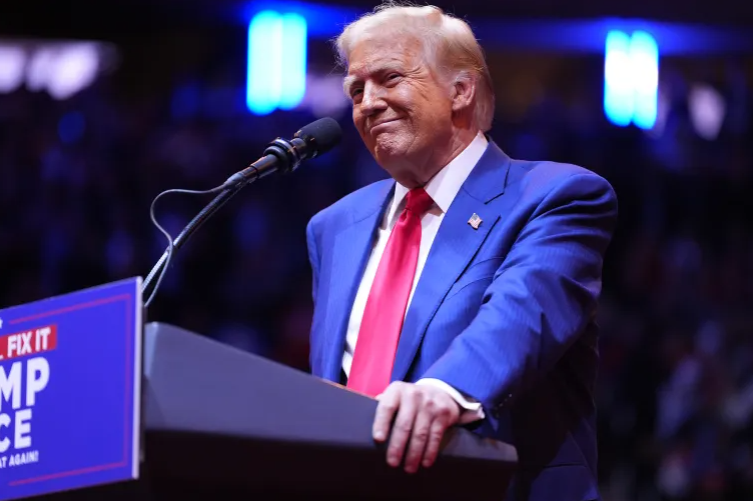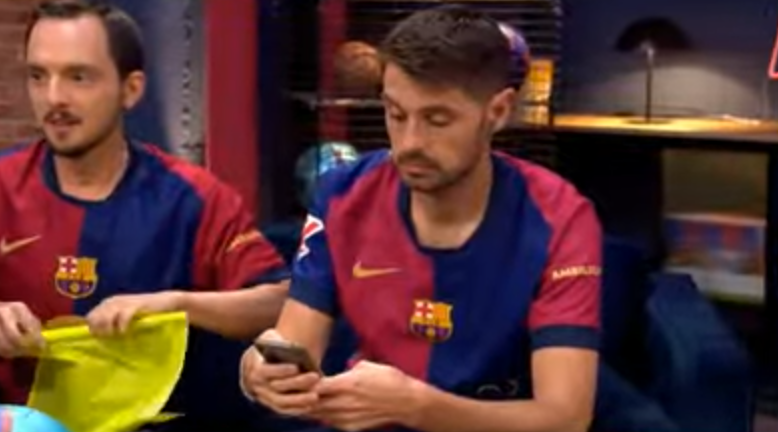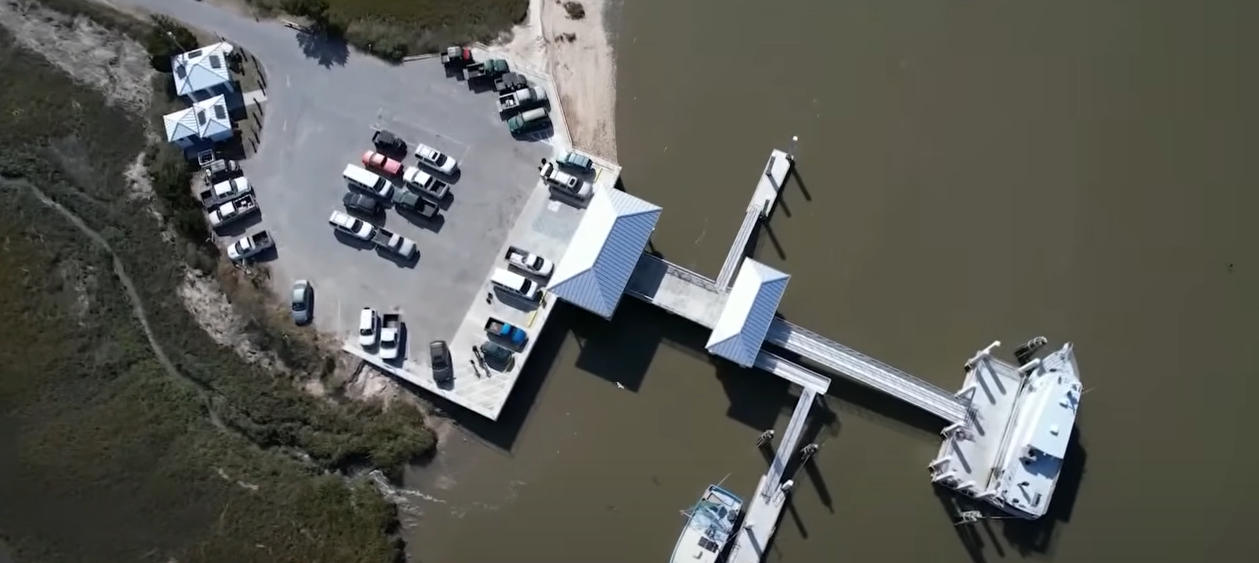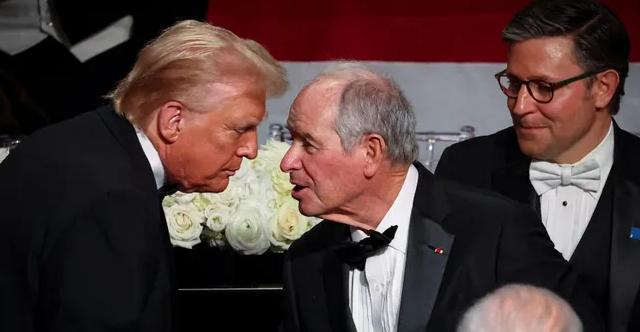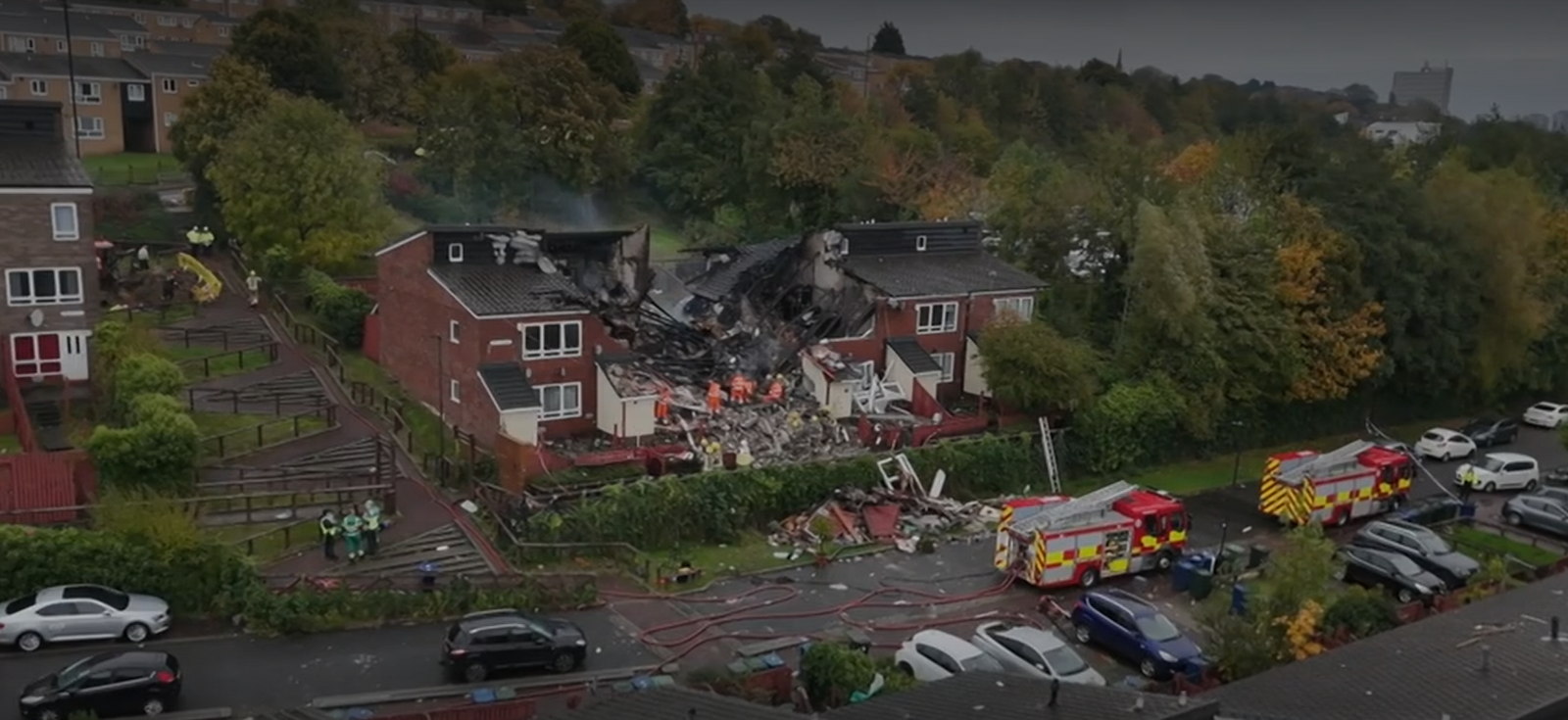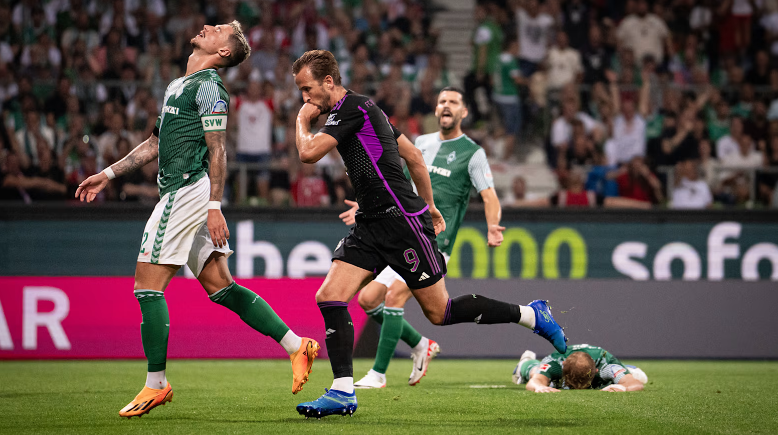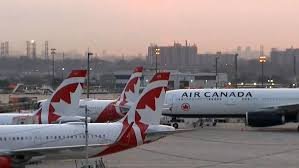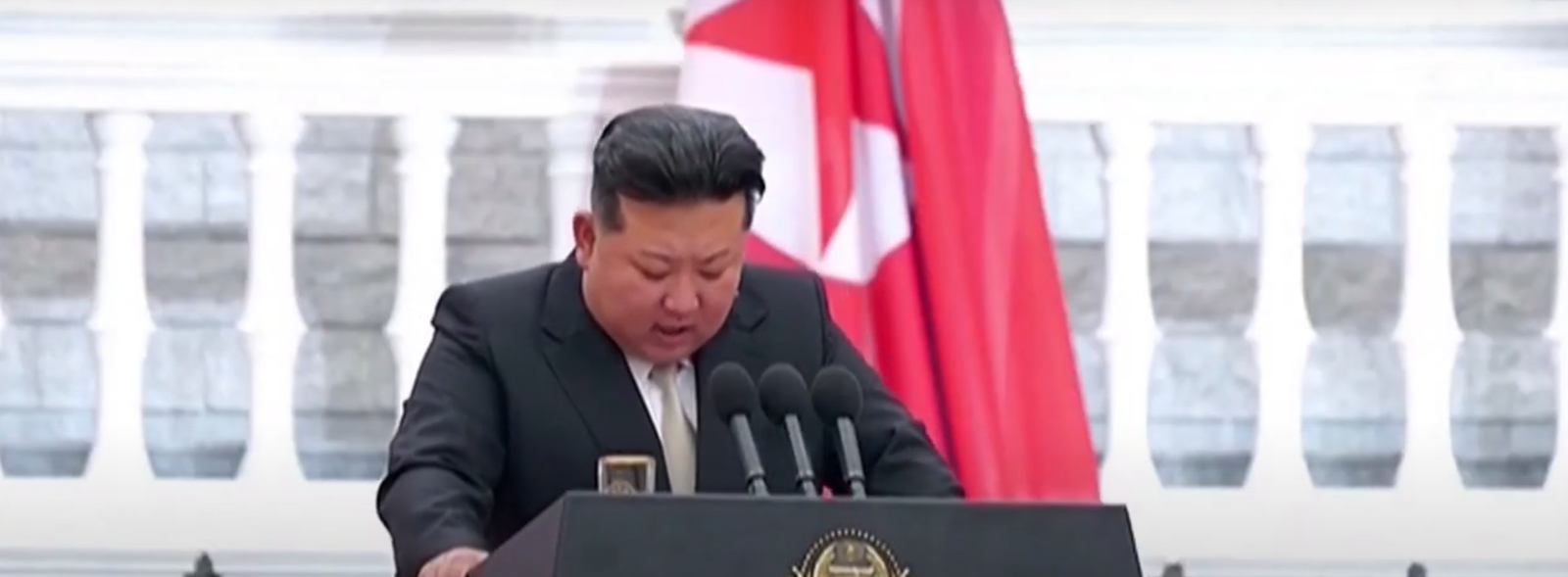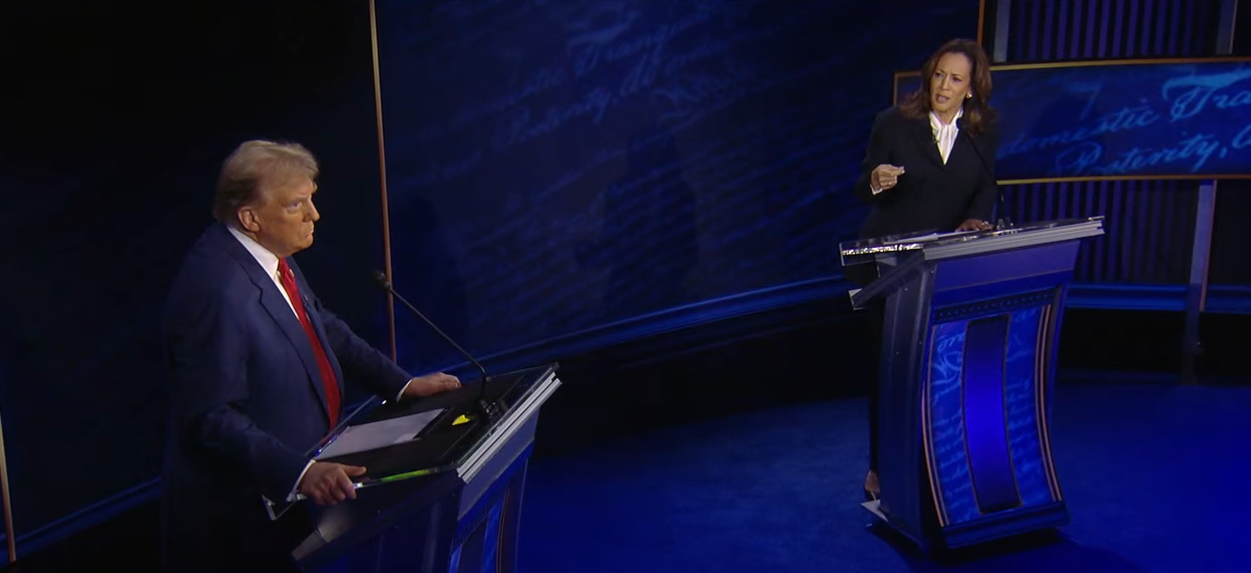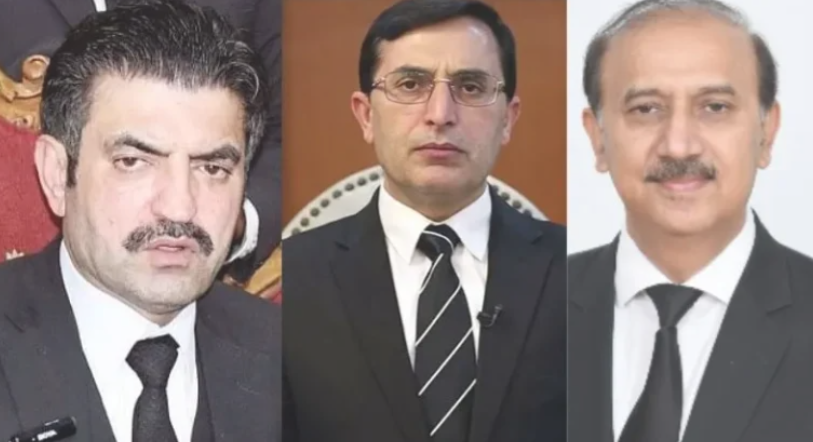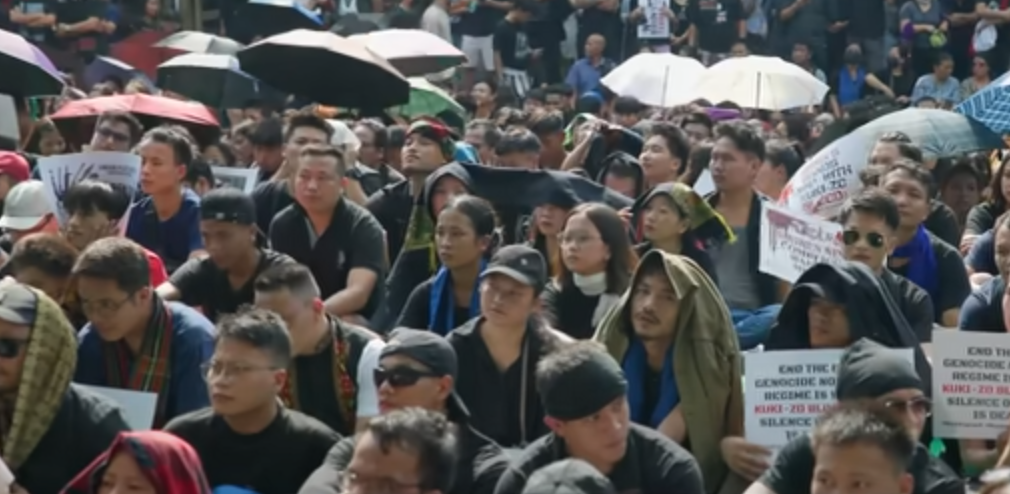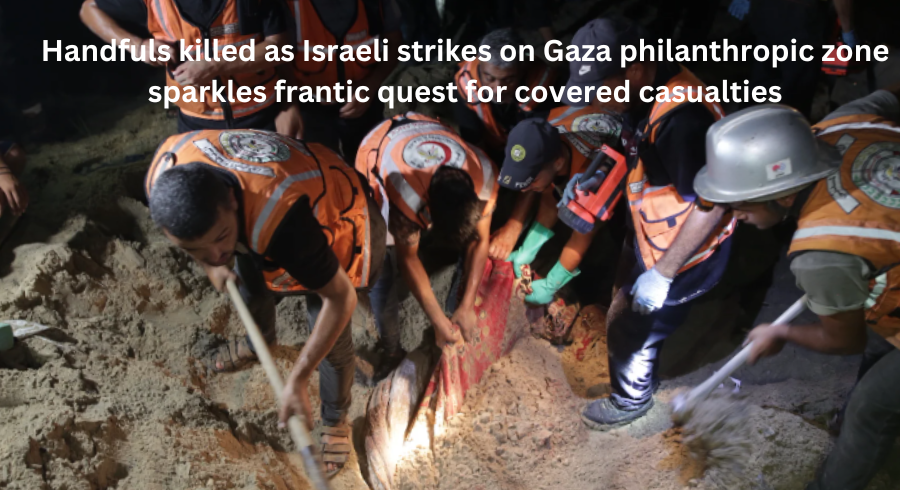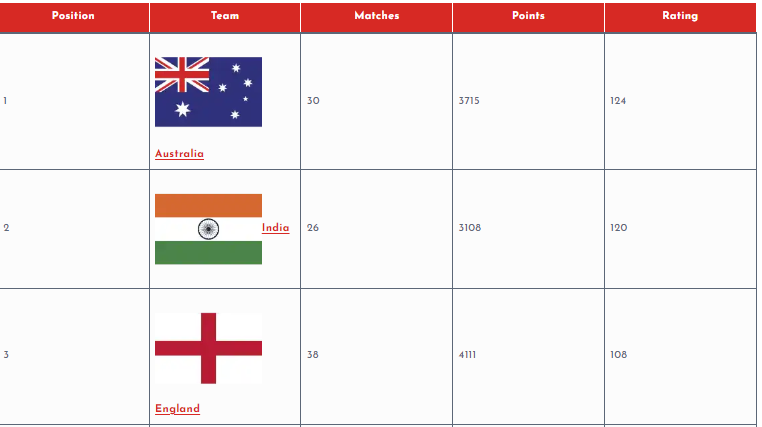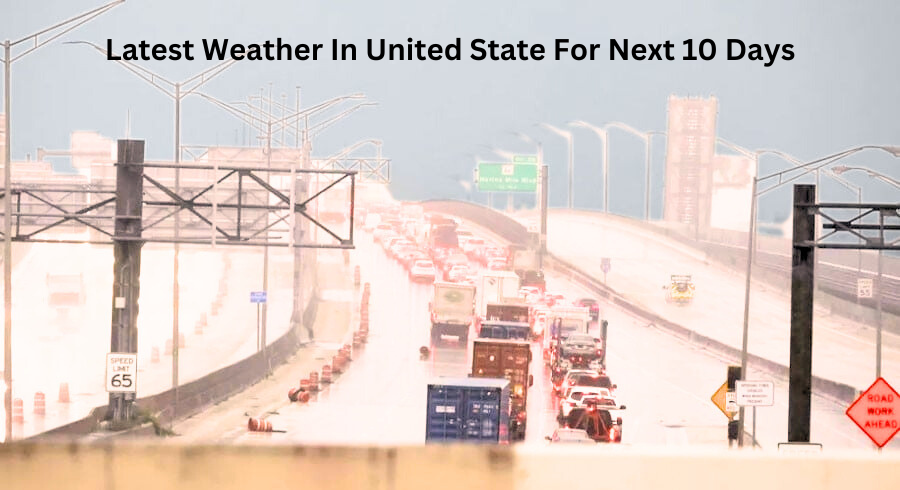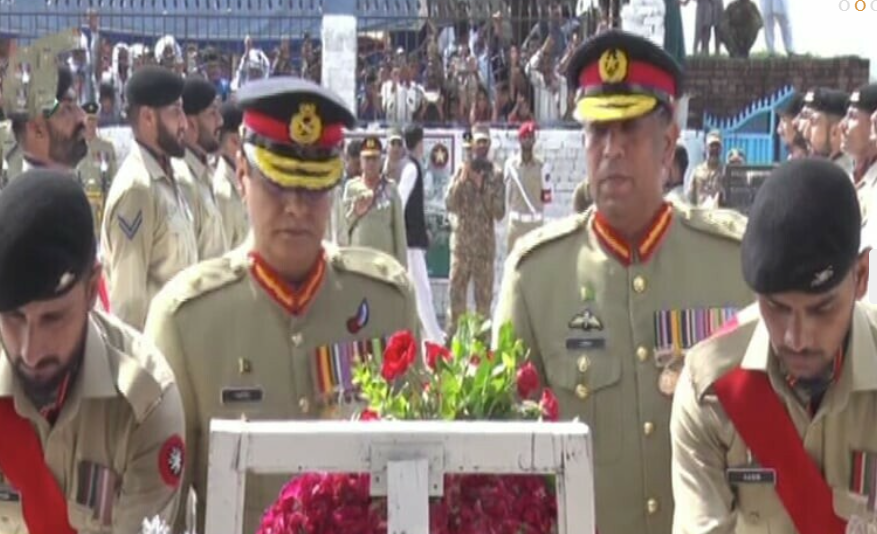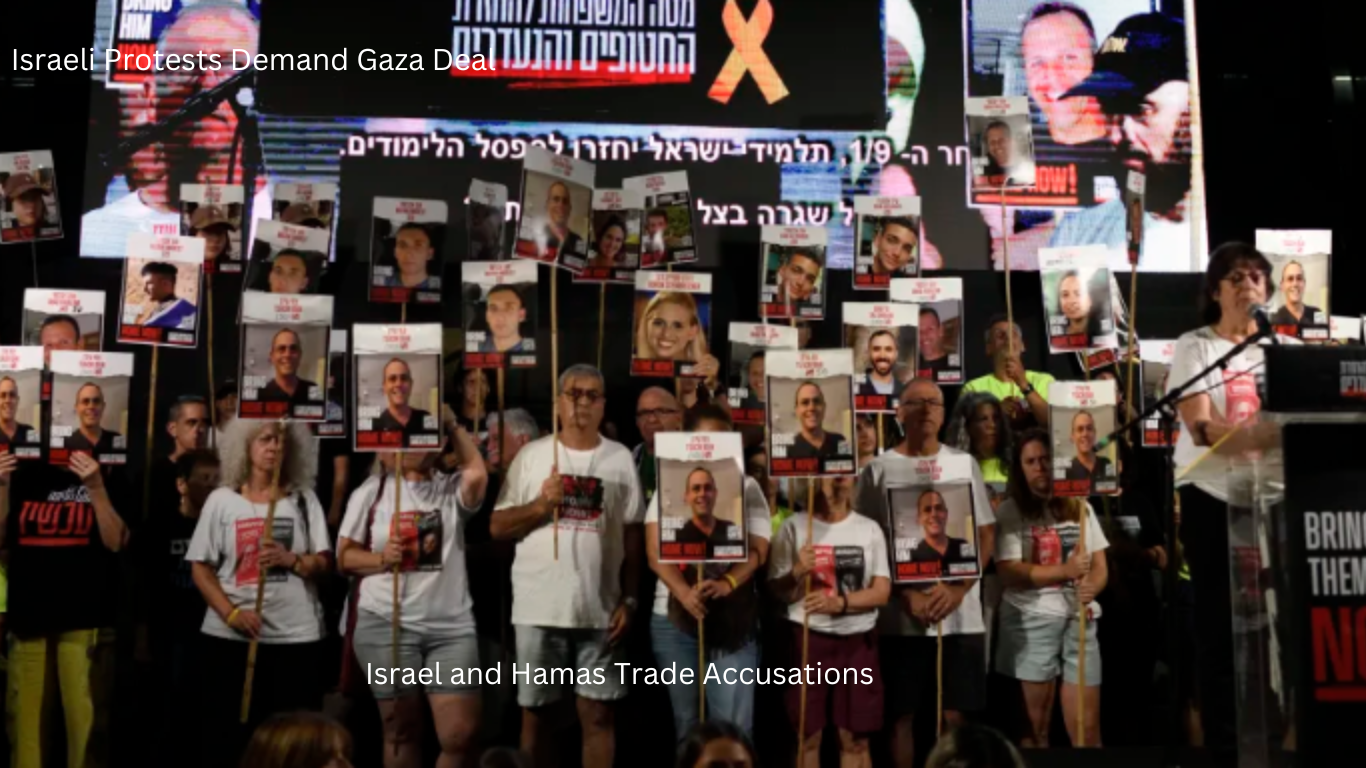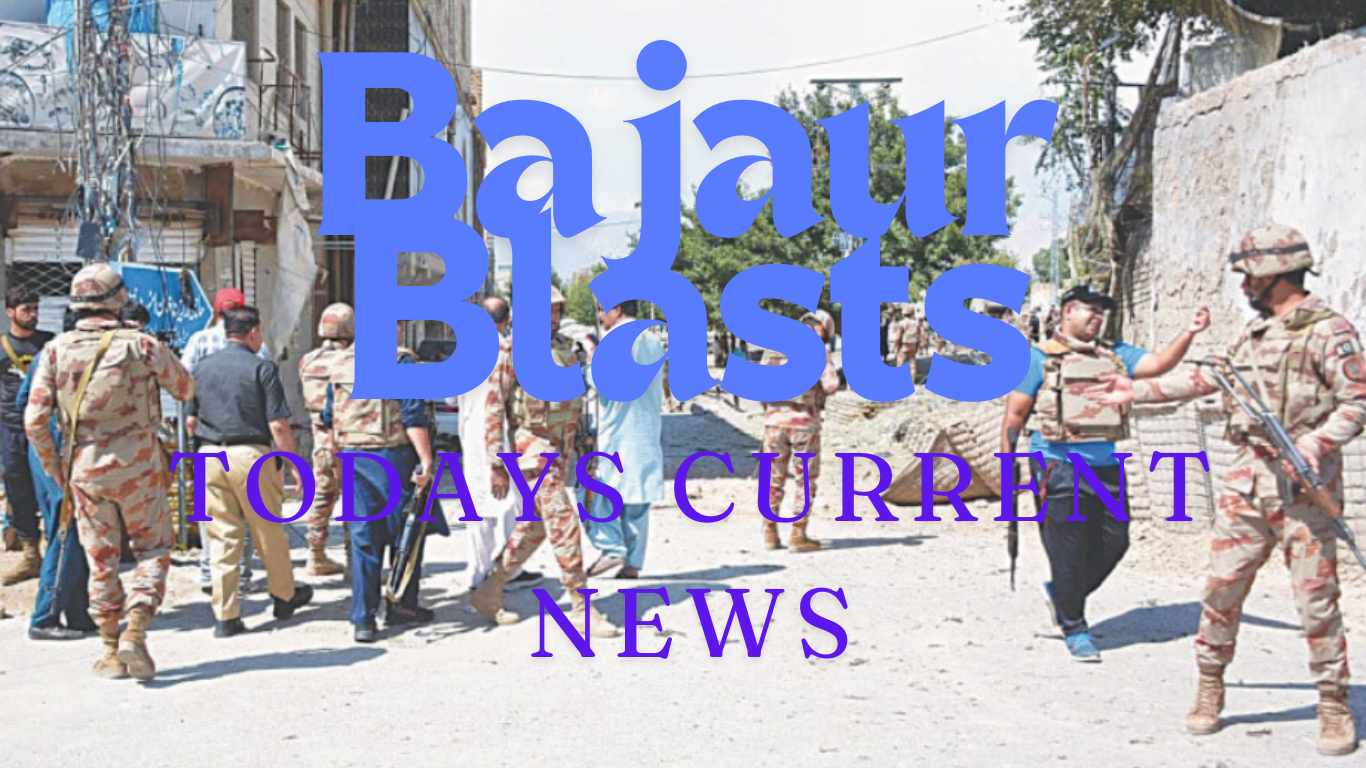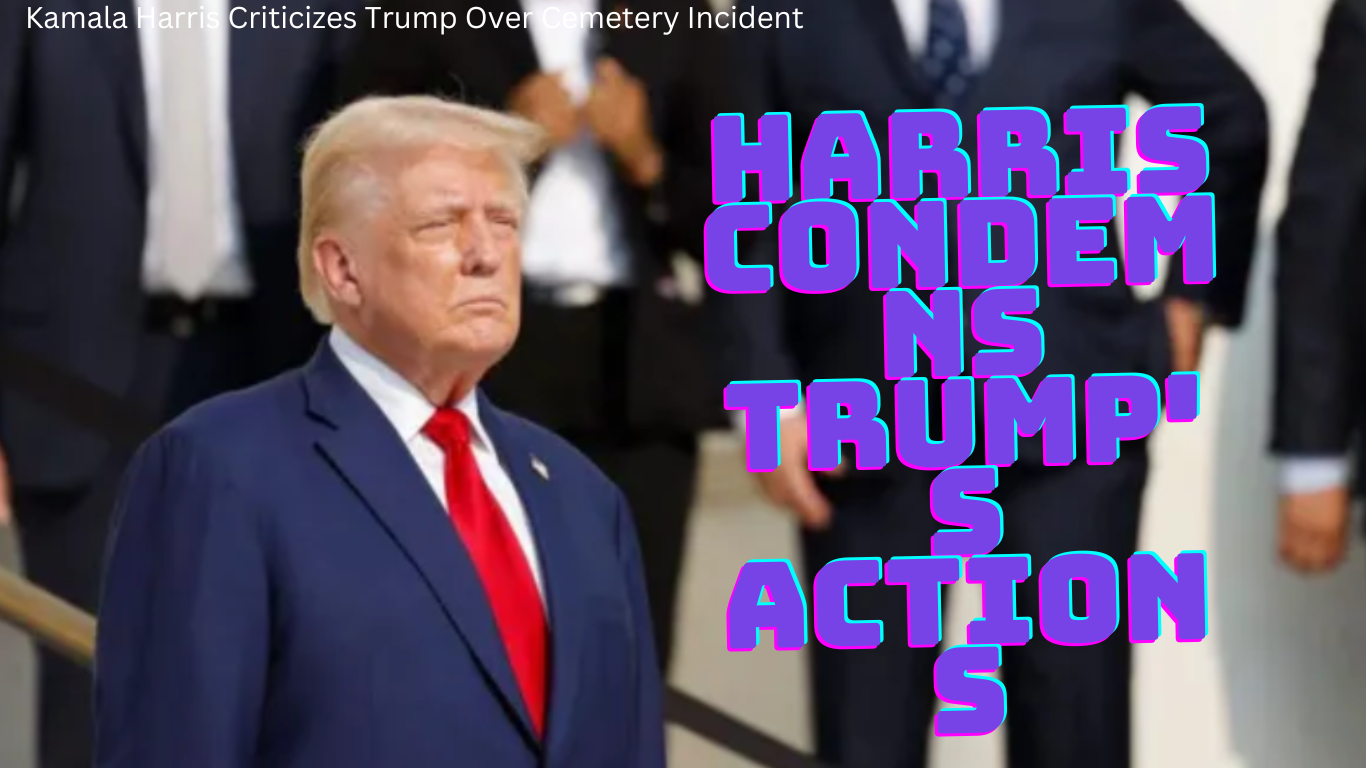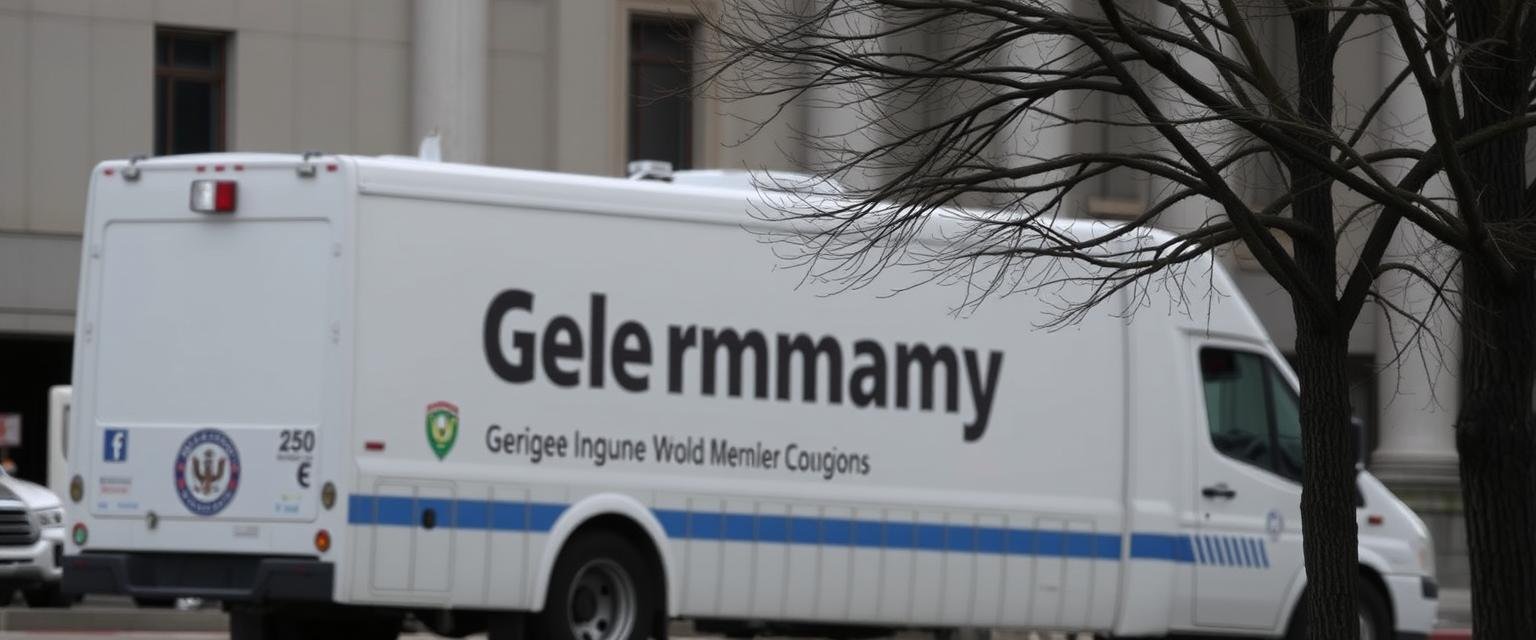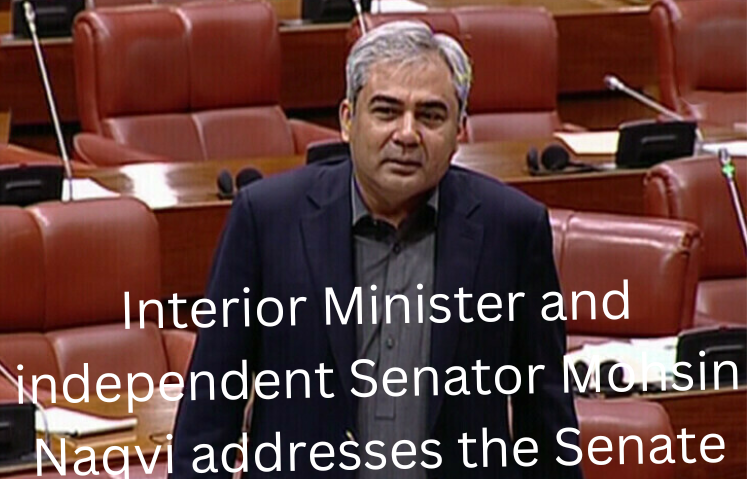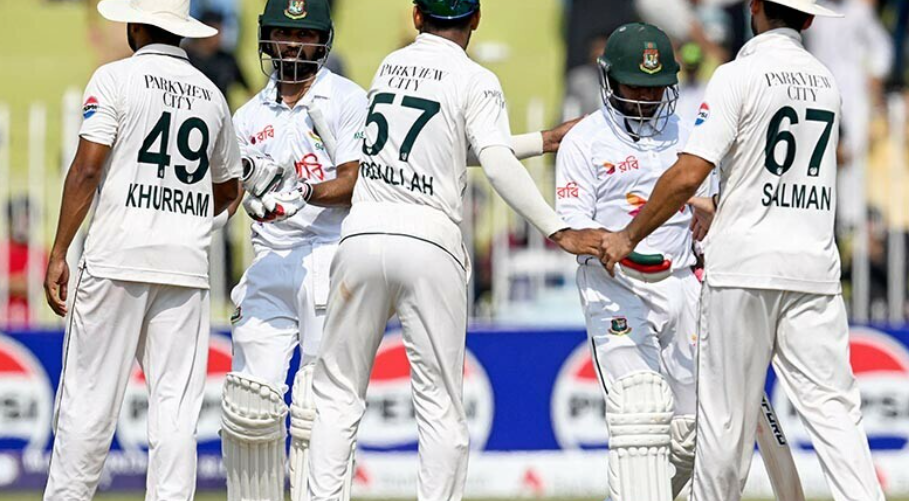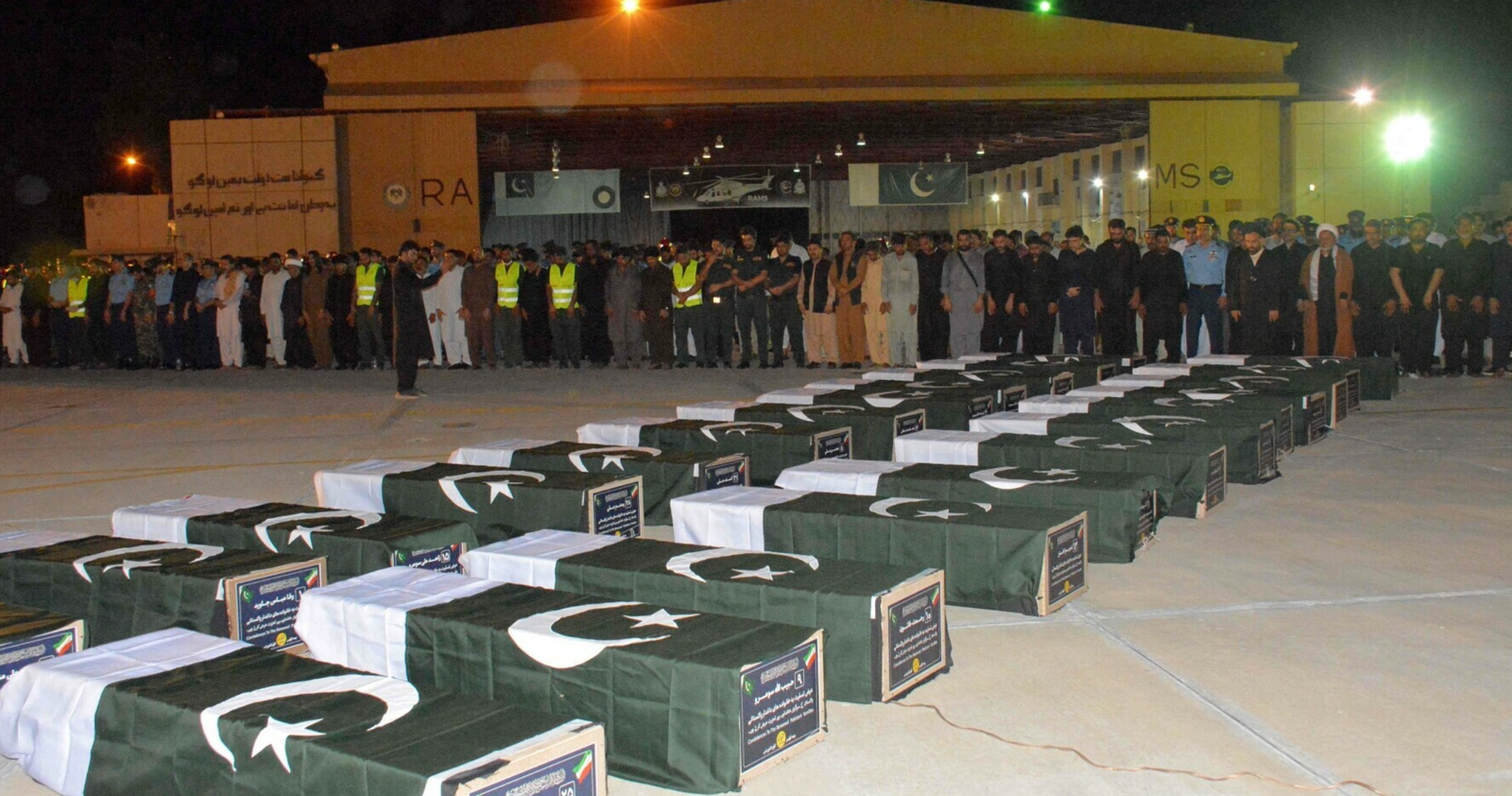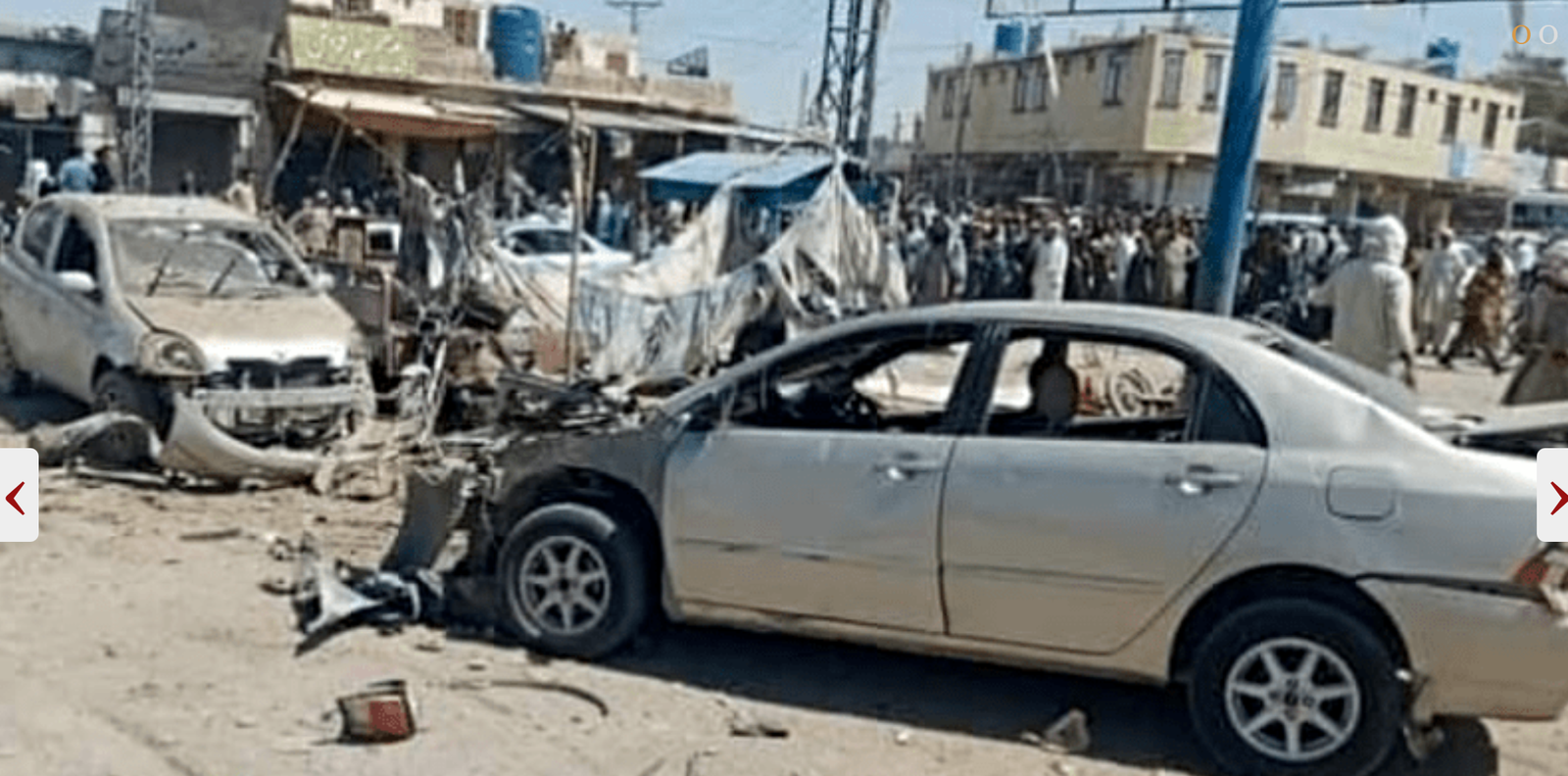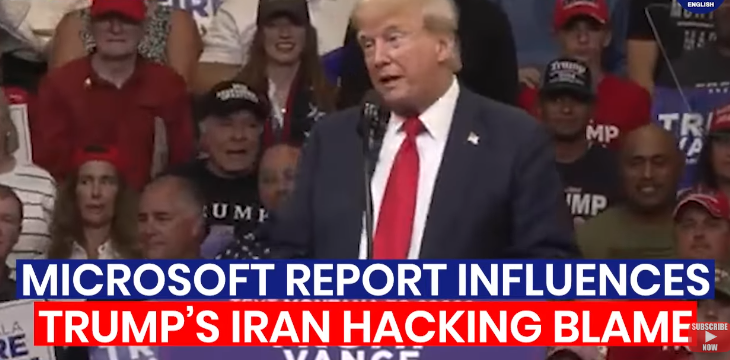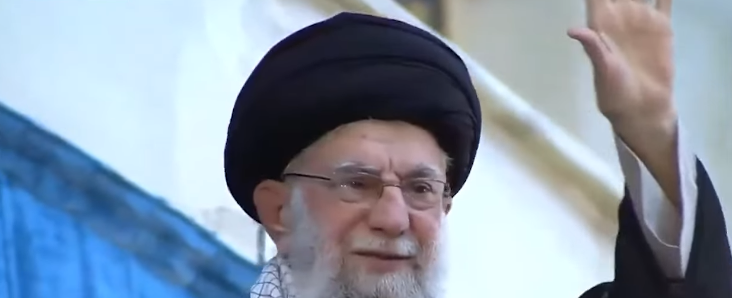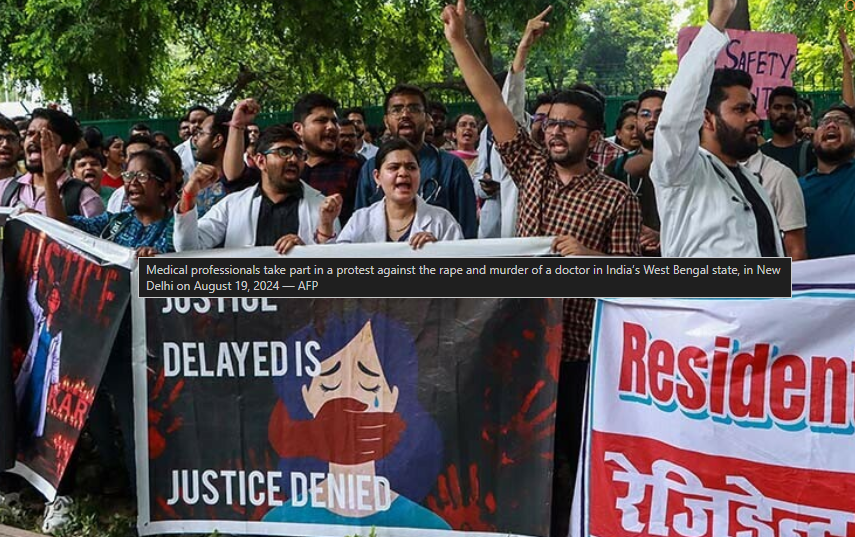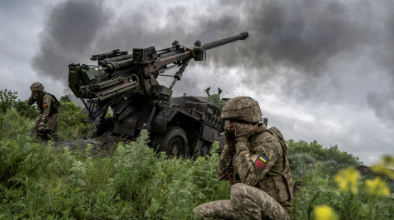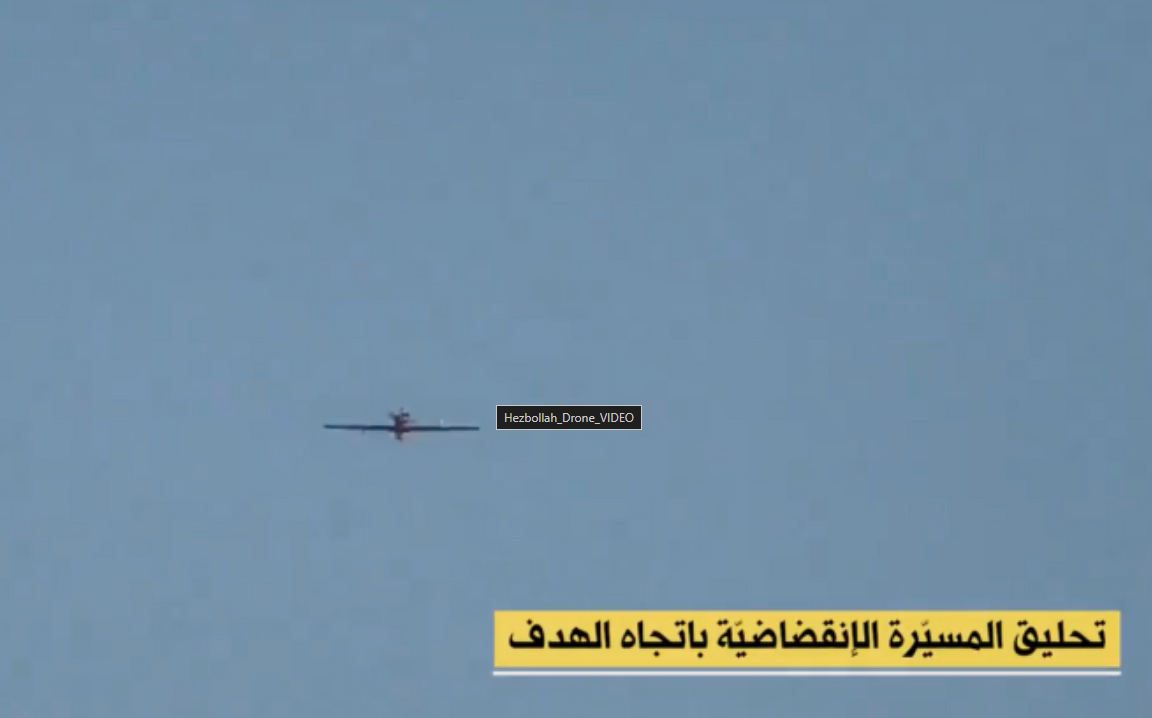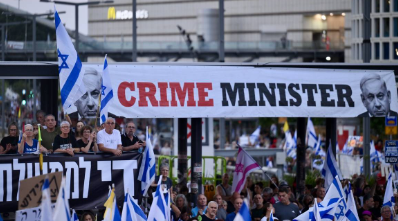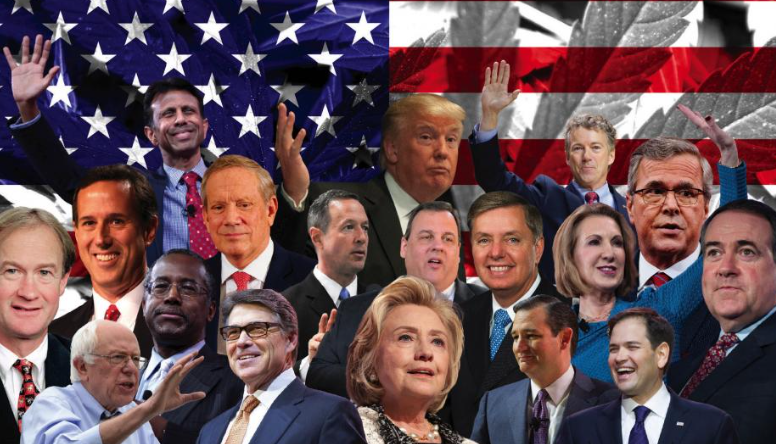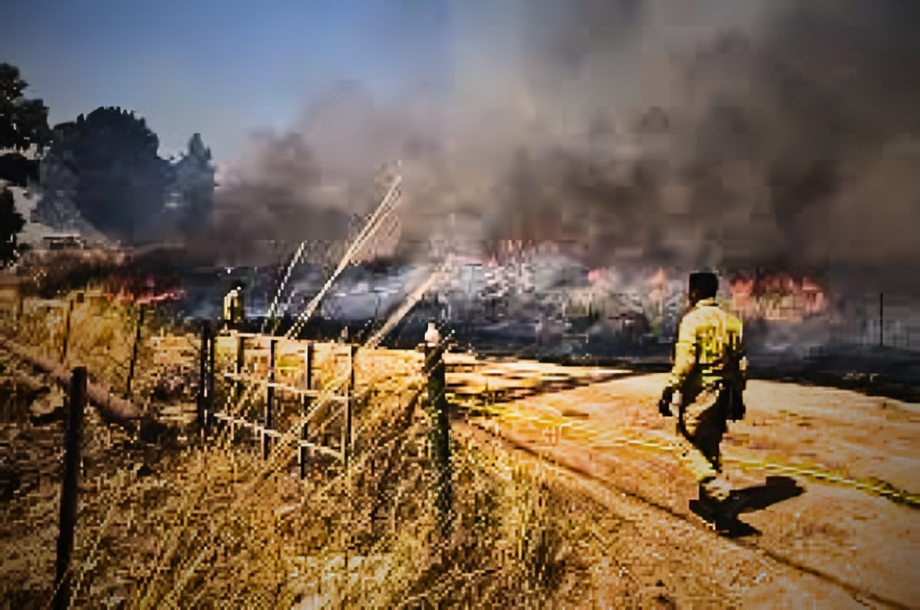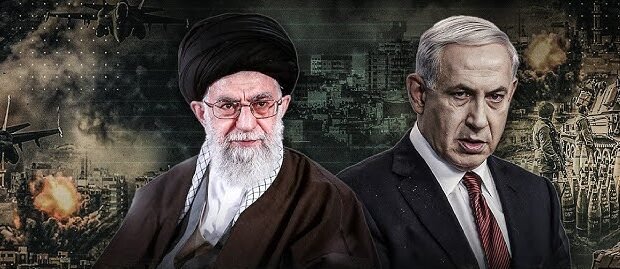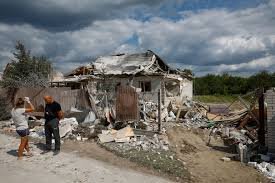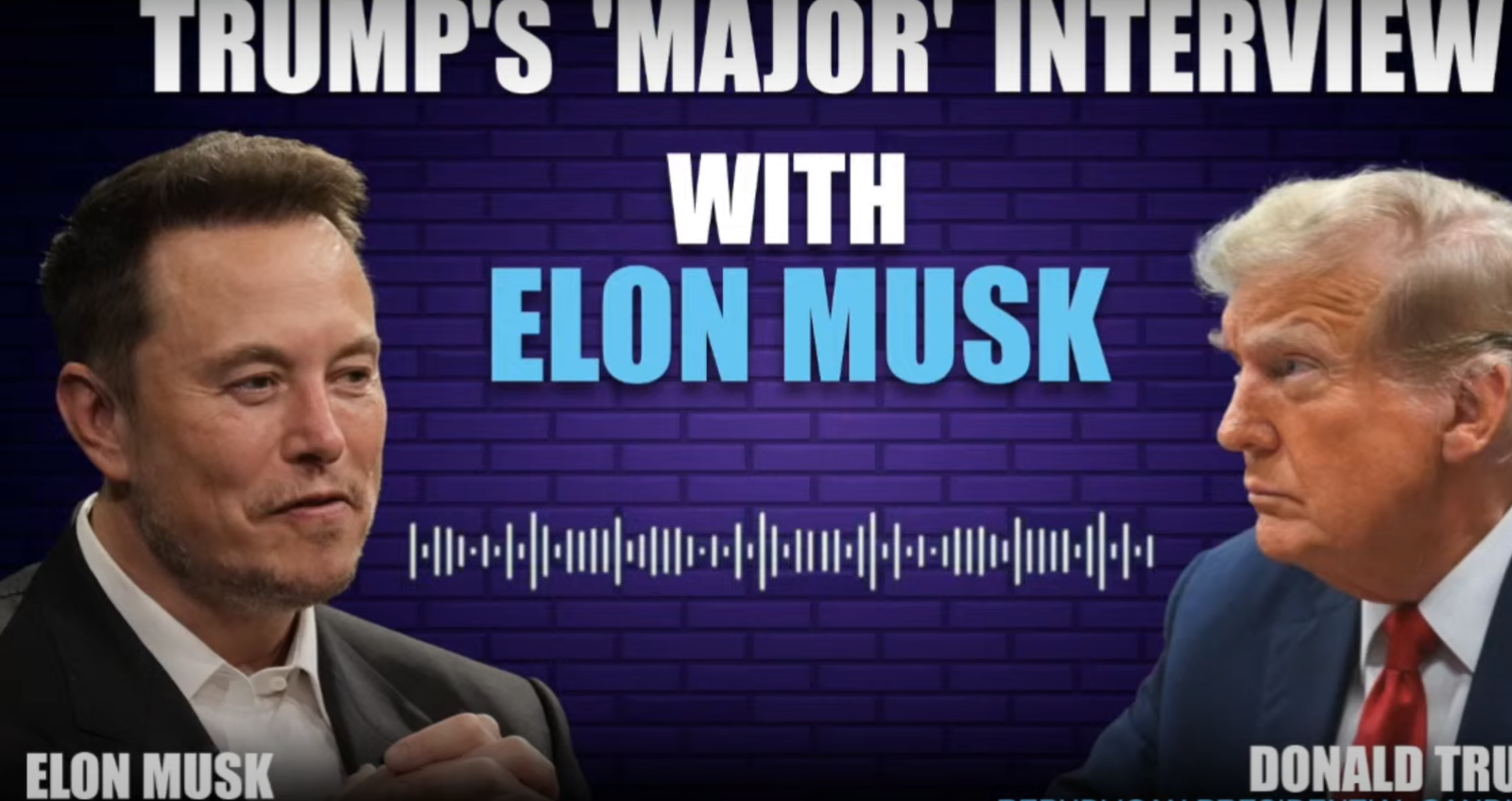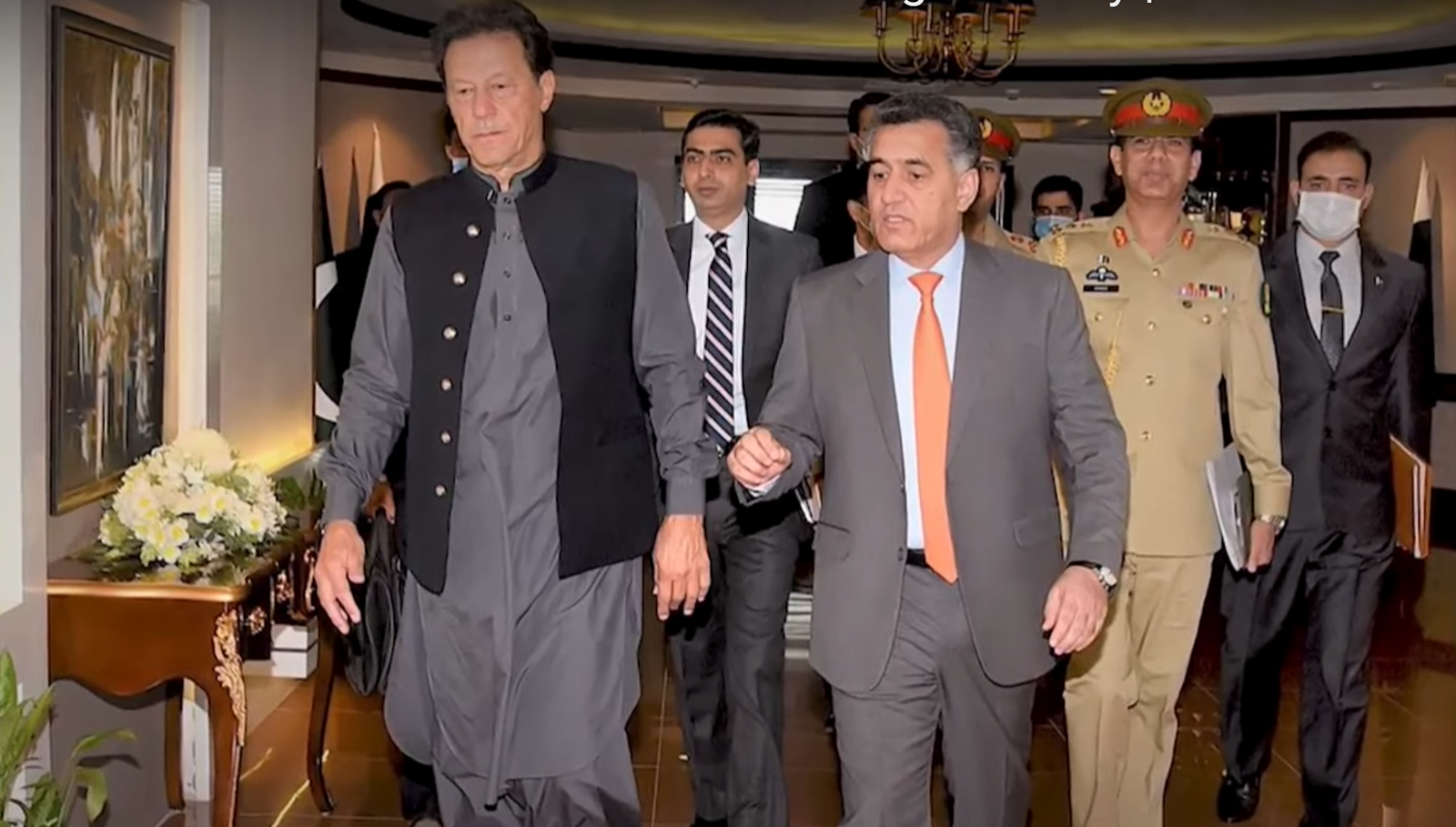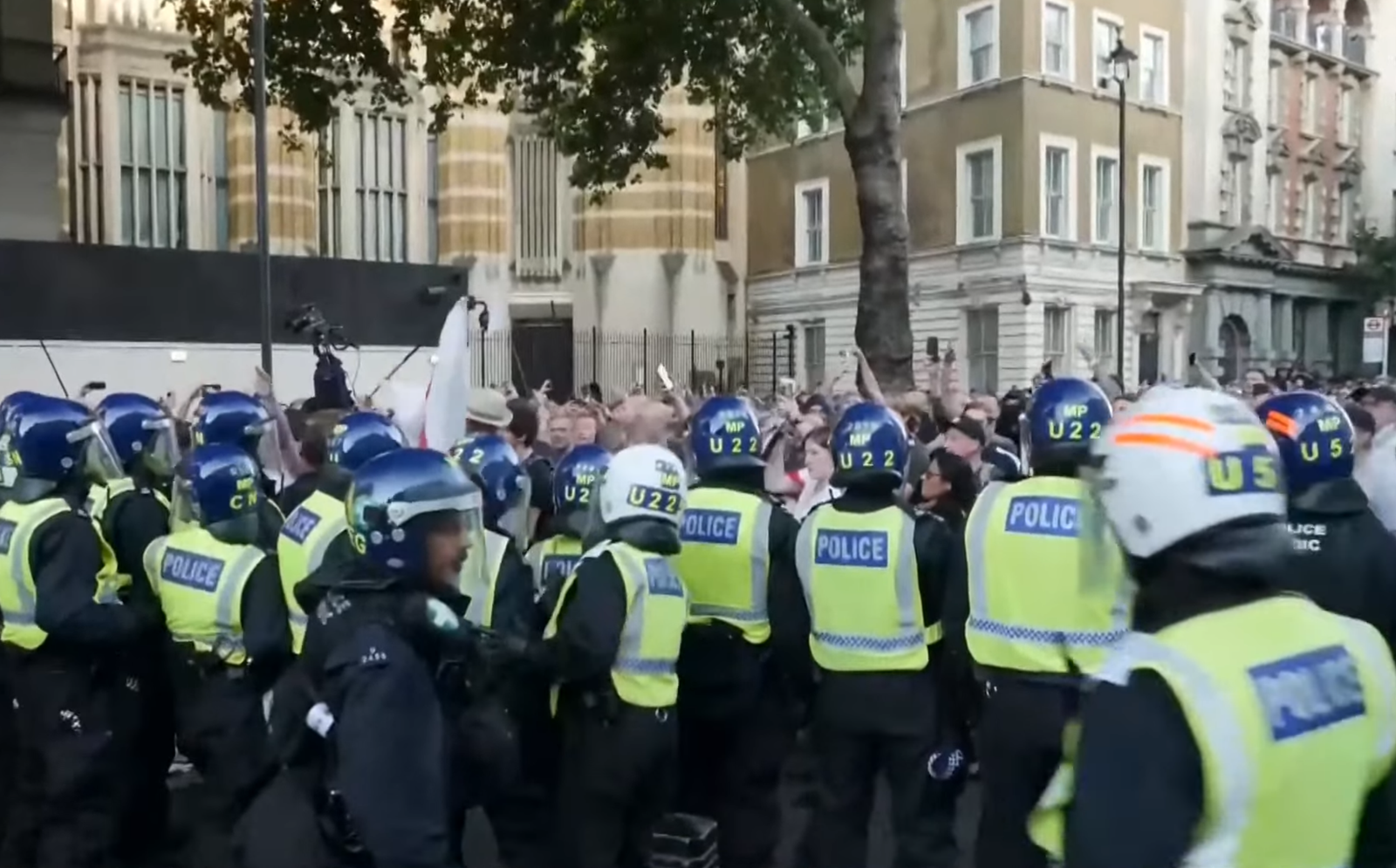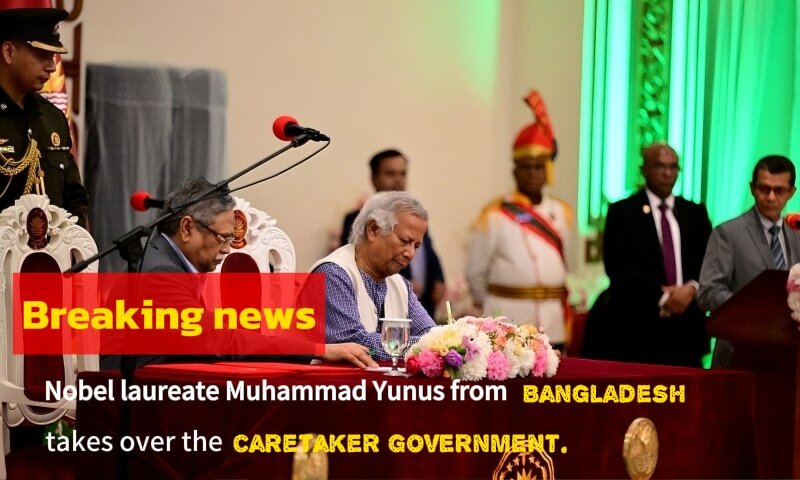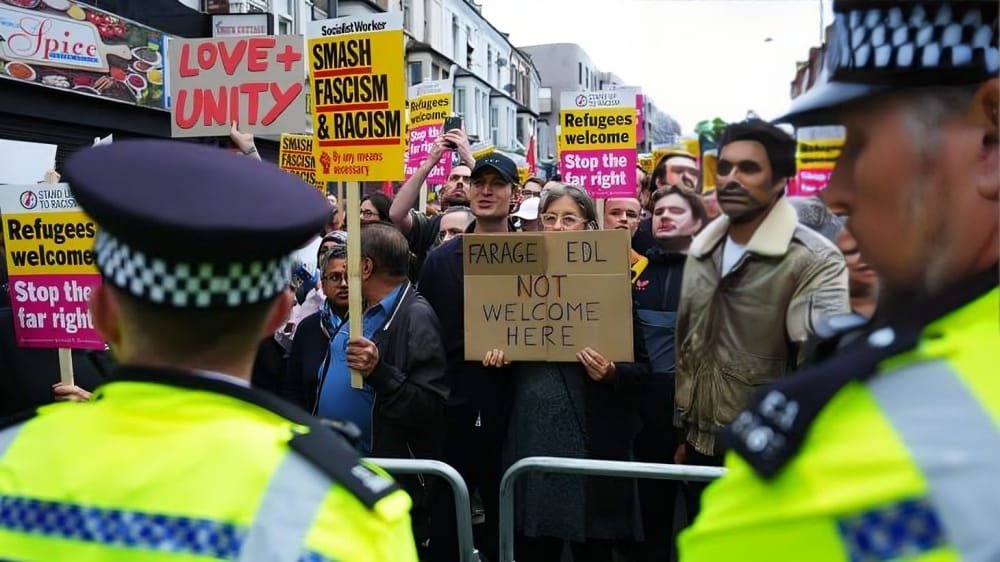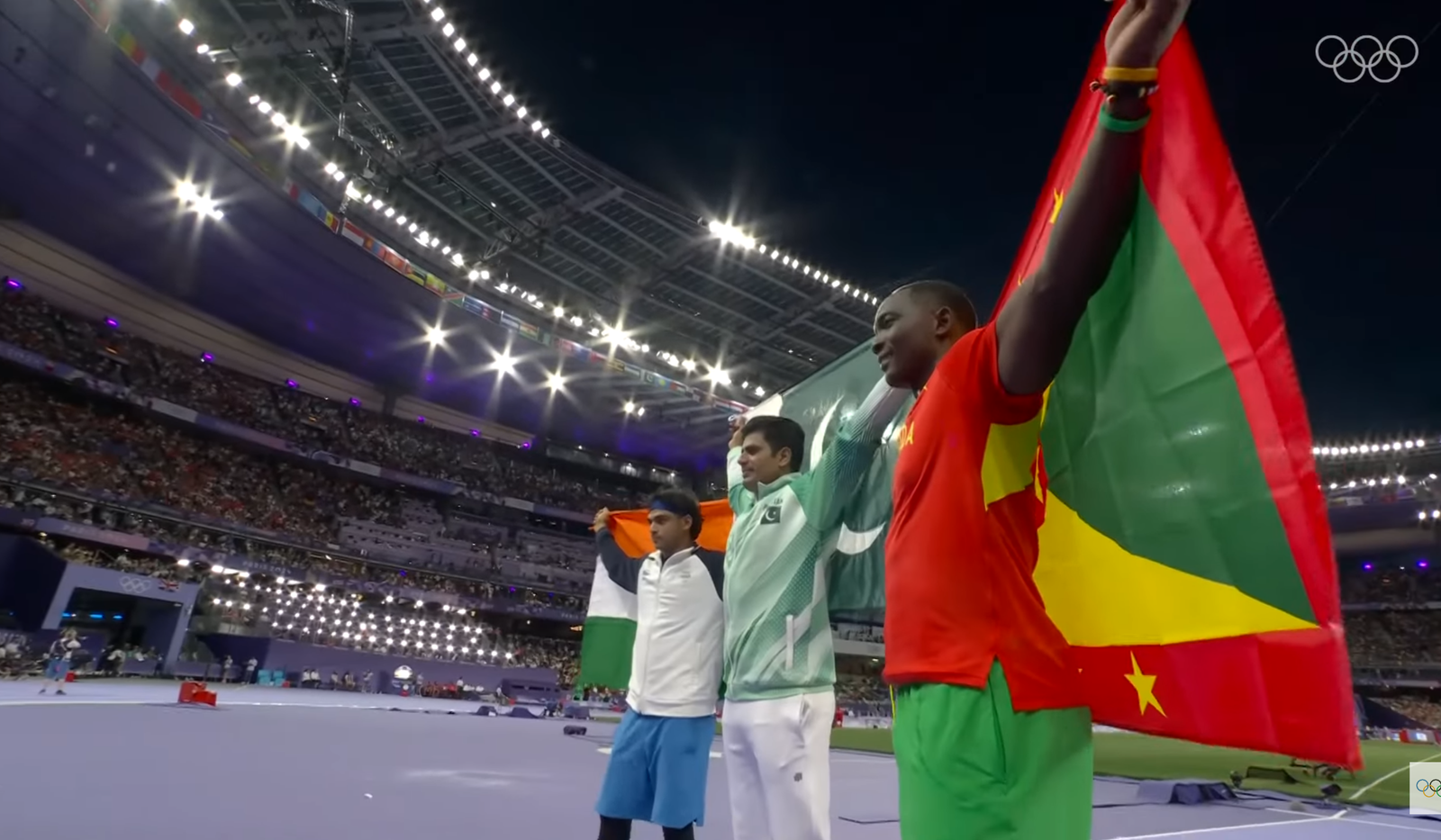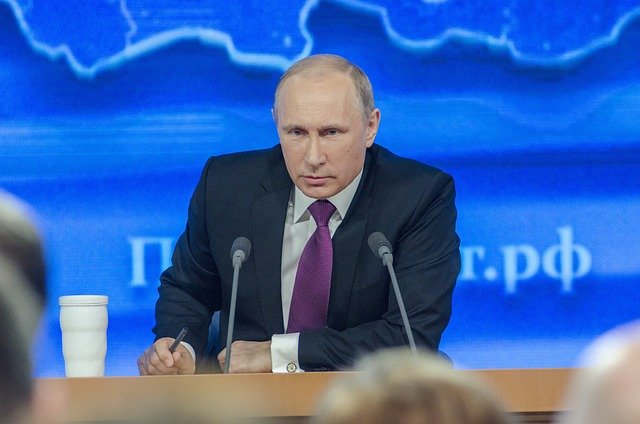
Ukraine Breaches In a dramatic escalation of the conflict, Russian President Vladimir Putin has vowed to “drive out the enemy” following reports of Ukrainian forces making significant advances into Russian territory. These “Ukraine Breaches” mark a critical turning point in the ongoing war between Russia and Ukraine, intensifying a conflict that has already had devastating consequences for both nations. The international community is closely watching as these “Ukraine Breaches” unfold, potentially reshaping the course of the war.
The Escalation: Ukraine Breaches Russian Borders
The conflict between Russia and Ukraine, which began after the annexation of Crimea in 2014 and escalated into full-scale war in 2022, has taken numerous turns. However, recent Ukraine Breaches into Russian territory represent a significant escalation. For the first time, the war has extended beyond Ukraine’s borders, bringing the fighting directly to Russian soil. These Ukraine Breaches highlight Ukraine’s determination to reclaim occupied territories and counter Russian aggression.
Ukraine’s military strategy has evolved over the course of the war. Initially focused on defending its territory against Russian advances, Ukraine has gradually shifted to more aggressive actions. These include targeting Russian supply lines, launching countermeasures in occupied territories, and now, with these Ukraine Breaches, allegedly violating Russia’s own borders. These developments showcase not only Ukraine’s growing military capabilities but also its resolve to take the fight to Russia.
Putin Responds: A Pledge to Defend Russian Territory (Ukraine Breaches)
In response to the Ukraine Breaches, President Vladimir Putin delivered a defiant speech, declaring, “We will kick them out.” This statement underscores Putin’s determination to defend Russian territory and maintain his position of power amid growing domestic and international challenges. The Ukraine Breaches have prompted Russia to mobilize additional forces, with reports of increased airstrikes and artillery bombardments targeting Ukrainian positions near the border. The Kremlin’s message is clear: any further Ukraine Breaches will be met with overwhelming force.
The Broader Implications: Escalation and Uncertainty
The Ukraine Breaches and Putin’s subsequent response have significant implications for the broader conflict. This escalation raises the risk of full-scale war. If the Ukraine Breaches continue to spill over into Russian territory, it could provoke a more extensive military response from Russia, potentially drawing in other countries and turning the war into a broader regional conflict.
Additionally, Putin’s commitment to repel the Ukraine Breaches could lead to more aggressive Russian military operations inside Ukraine. This could include intensified airstrikes, missile strikes, and ground operations aimed at pushing back Ukrainian forces and re-establishing Russian control over disputed territories. The conflict, already causing immense suffering, may enter an even more brutal phase due to these Ukraine Breaches.
The international community is closely watching these developments. Western countries, particularly NATO members, have supported Ukraine with military aid, intelligence, and diplomatic backing. However, the possibility of the Ukraine Breaches leading to conflict spilling over into Russia could complicate the international response. Some nations may push for increased support for Ukraine, while others may advocate restraint to avoid further escalation.
The Human Toll: War’s Impact on Civilians
The human cost of the Ukraine Breaches is high. The ongoing war has already displaced millions of Ukrainians, destroyed cities, and caused thousands of civilian casualties. The potential for conflict to spread into Russian territory due to the Ukraine Breaches threatens to exacerbate the crisis.
Citizens on both sides of the border are at risk. In Ukraine, communities near the front lines have endured constant shelling, airstrikes, and ground battles. Russian retaliation following the Ukraine Breache could lead to more devastating attacks on Ukrainian cities and towns. In Russia, the spread of conflict could bring the realities of war to civilian populations that have so far remained relatively unaffected by the fighting.
Humanitarian organizations are preparing for the worst-case scenario, bracing for a possible surge in refugees and displaced people as the conflict intensifies due to the Ukraine Breaches. The international community faces the challenge of providing aid to those affected while navigating the complex political and military dynamics of the situation.
Putin’s Calculations: Domestic and International Pressures (Ukraine Breaches)
Putin’s response to the Ukraine Breaches is influenced by both domestic and international factors. Domestically, Putin is under increasing pressure to demonstrate strength and resolve. The Russian public, while largely supportive of the war effort, is also increasingly aware of its costs. Economic sanctions, military casualties, and the strain of a protracted conflict are taking their toll.
By pledging to “drive out the enemy” in response to the Ukraine Breaches, Putin aims to rally domestic support and reaffirm his image as a strong leader who can protect Russia’s interests. However, this approach carries risks. A prolonged conflict on Russian soil, exacerbated by continued Ukraine Breaches, could erode popular support and lead to increased domestic unrest.
At the international level, Putin knows that his actions in response to the Ukraine Breache are being closely watched by world powers. His response is calculated to send a message to the West that Russia will not back down despite mounting challenges. However, this stance also risks further isolating Russia globally, potentially leading to increased sanctions and diplomatic pressure.
The Path Forward: Uncertain and Fraught with Danger (Ukraine Breaches)
The situation remains fluid and highly unpredictable. The Ukraine Breache and Putin’s vow to retaliate could usher in a new and more dangerous phase of the conflict. Both sides are likely to escalate their military efforts, leading to more bloodshed and destruction.
Ukraine faces the challenge of maintaining its momentum while managing the risks of a wider conflict. The Ukrainian government must carefully balance pushing back against Russian aggression with avoiding actions that could provoke a strong backlash.
Russia, in turn, must respond to the Ukraine Breaches without overstretching its military and political resources. Putin’s pledge to “drive the enemy out” reflects his determination but also highlights the challenges he faces in maintaining control over a complex and increasingly volatile situation.
Conclusion: A Conflict at a Crossroads
The conflict between Russia and Ukraine has reached a critical point. Recent violations of Russian borders by Ukrainian forces and Putin’s defiant response have set the stage for a potentially dramatic escalation. As both sides prepare for what lies ahead, the world watches with concern, aware that decisions made in the coming days and weeks could have far-reaching consequences for the region and beyond.
The phrase “Putin responded as Ukraine” has become a focal point in the unfolding drama, summing up the tensions and uncertainties that now define the conflict. As the war enters this new phase, the danger to both nations and the international community could not be greater.


